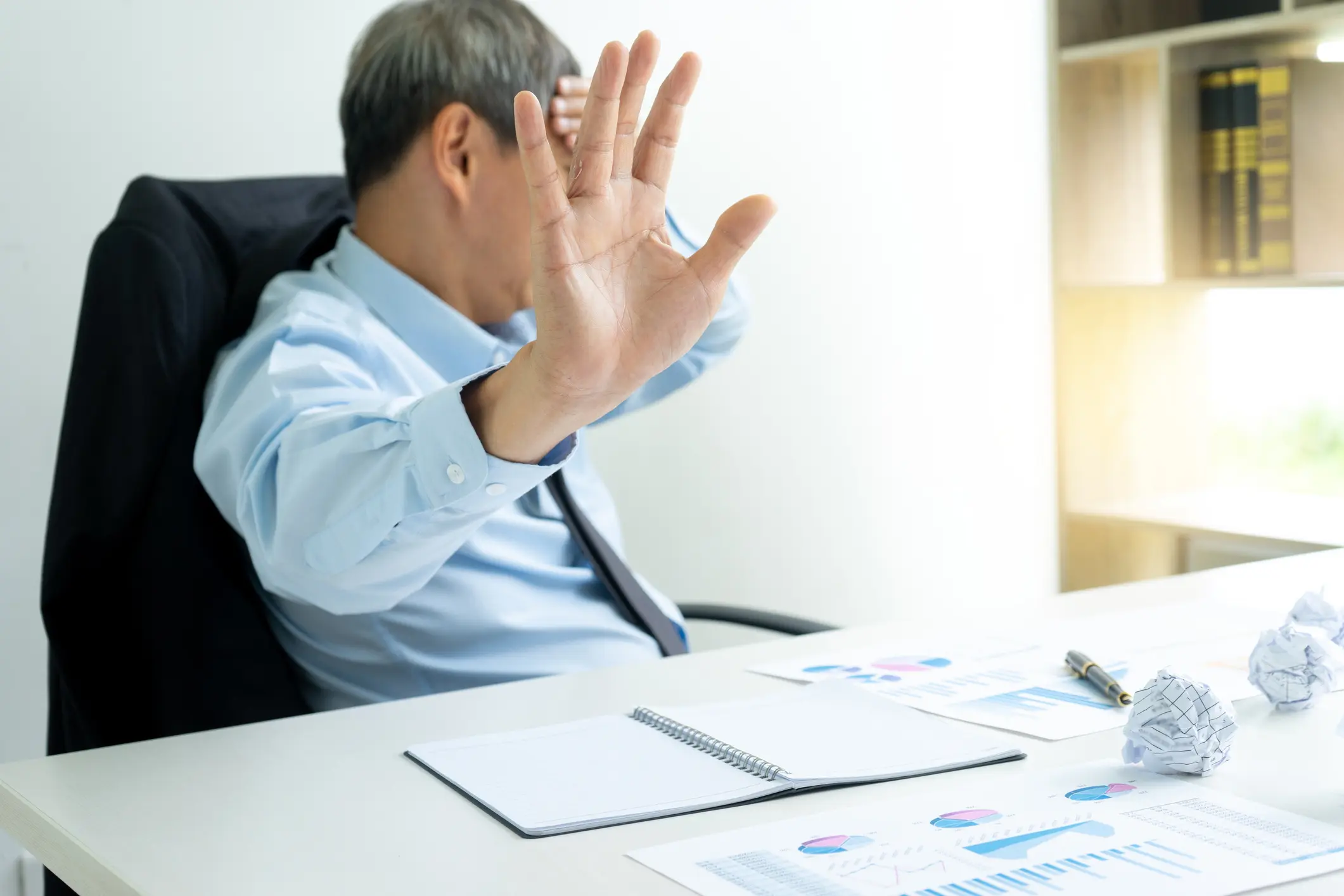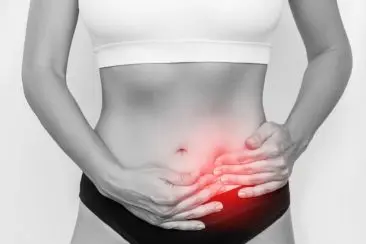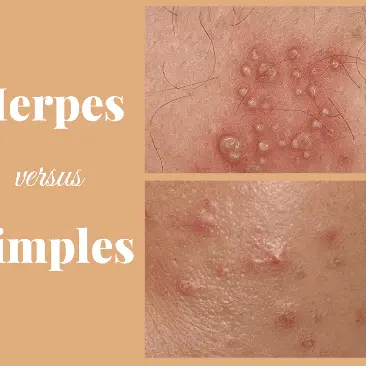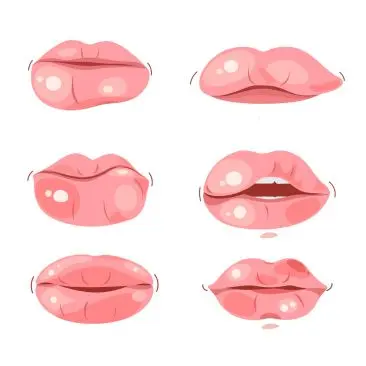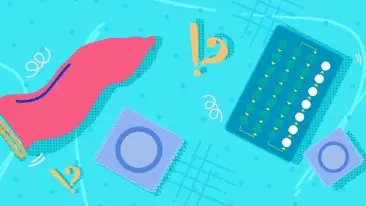What Is A Migraine Cocktail? How To Use It And More
- A migraine cocktail comprises a mix of medications, either administered through IV or taken orally, designed to alleviate migraine headache symptoms.
- You can create your migraine cocktail using readily available over-the-counter (OTC) medications or have a healthcare professional administer it.
- Although there's no absolute cure for migraines, effective symptom management strategies exist.
- An OTC migraine cocktail can be easily prepared with three key ingredients: aspirin, acetaminophen, and caffeine.
In Europe, it is estimated that migraines affect approximately 41 million individuals, suggesting that the prevalence might be even higher given that many cases go undiagnosed or untreated.
Studies from the past twenty years indicate that the economic impact of migraines due to lost workdays amounts to nearly €27 billion across Europe.
On average, individuals suffering from migraines are absent from work for about 4.6 days annually, while businesses encounter a productivity loss of approximately 12 days per year due to migraines.
The demographic most commonly afflicted by migraines are individuals aged 20-50, with women being three times more susceptible to the condition than men.
The pharmacological management of migraines in Europe includes anti-inflammatories, triptans, and antiemetics, among other medications.
This article will delve into the nature of migraines, their symptoms, and the available treatment and prevention strategies. Additionally, it will discuss the concept of a "migraine cocktail" and the method for its preparation.
What Is A Migraine Cocktail?
A "migraine cocktail" might sound like a fancy drink, but it's not something you'd order at a bar to get rid of a headache. Instead, it's a combination of medicines that help ease the tough symptoms of a severe migraine.
Doctors often give these migraine cocktails in hospitals, using a drip that goes directly into your vein. But you can also assemble a simpler version at home with over-the-counter medicines.
How Do I Know If I Have A Migraine?
A migraine isn't just a bad headache. It's a complex condition that can also bring many other symptoms.
Sometimes, migraines unfold in stages. Some folks might get hungry or thirsty or start seeing black spots or fuzzy vision before the headache kicks in. After the headache, they might feel tired or weak.
Migraine Symptoms
Here's what you might feel if you have a migraine:
- It is a strong headache that feels like pounding or throbbing, usually on one side of your head, but it can switch sides.
- Feeling sick to your stomach (nausea).
- Throwing up (vomiting).
- Being bothered by light (this is called photophobia).
- Being bothered by noise (this is called hyperacusis).
If you're getting headaches or other symptoms, it might be time to talk to a doctor about migraines.
Key Point: What Is Chronic Migraine?
If you're getting migraines on 15 or more days in a month, that's called chronic migraine.
Migraines can mess with your day-to-day life. But remember, if you're always getting headaches, it's a good idea to check in with your doctor to ensure nothing more serious happens.
How Do I Treat Severe Migraine Symptoms?
When a migraine hits and you're without your meds, don't worry; there are still ways to ease the pain. Remember, for serious migraines, it's always smart to get advice from a healthcare pro.
Here's what you can do to help manage a migraine:
- Look for a quiet, dark place to chill out and rest.
- Applying hot or cold packs can help reduce your pain or tension.
- A warm shower or bath can help you relax and ease the pain.
- A caffeinated drink can sometimes help with migraine pain.
- Stop what you're doing and do something calming, like deep breathing or gentle stretching.
Key Point: Using Caffeine To Treat Migraines
Surprisingly, caffeine can be a helpful tool for managing severe migraines, even though too much caffeine is often seen as a migraine trigger.
Excessive caffeine can lead to medication overuse or rebound headaches, so it's essential to use it wisely. However, small amounts of caffeine can relieve certain types of headaches.
The right amount of caffeine varies from person to person, depending on their tolerance. Over-the-counter caffeine in the form of pills can be a useful option for migraine management.
In some cases, taking 130 mg of caffeine alongside other migraine medications can enhance their effectiveness.
If the previous steps don't alleviate your migraine pain, you might need a more potent solution.
For severe migraine attacks that don't respond to over-the-counter (OTC) migraine medications, a "migraine cocktail" may be necessary. You can prepare these at home using readily available medicines from a drugstore.
What Are The Ingredients Of A Migraine Cocktail?
When patients arrive at the ER seeking treatment for a severe migraine, healthcare professionals may prepare and administer a combination of the following drugs.
It's important to note that it can take up to 60 minutes before a migraine cocktail starts to alleviate migraine symptoms. The specific proportions of the "cocktail" will vary based on the migraine's severity and the individual's condition.
Triptans
Triptan medications are the go-to choice for treating both moderate and severe migraines. Administering this drug early is critical to maximising its effectiveness in combating migraine symptoms.
Here are a few examples of triptan medications:
- Eletriptan
- Almotriptan
- Sumatriptan
- Zolmitriptan
Antiemetics
Antiemetic medications are commonly administered through injections to address the nausea often linked with migraines. However, it's essential to be aware that sedation can be a side effect of these antiemetics.
Here are a few examples of antiemetic medications:
- Droperidol
- Metoclopramide
- Prochlorperazine
Ergot Alkaloids
Ergot alkaloids function similarly to triptan medications in treating migraines but may lead to nausea in some patients. Triptans typically work faster and have fewer side effects.
Here are a couple of examples of ergot alkaloids:
- Dihydroergotamine
- Ergotamine
NSAIDs
NSAIDs are a recommended initial treatment for mild to moderate migraines. Over-the-counter options like aspirin and ibuprofen are suitable choices.
IV Fluids:
When dehydration triggers a migraine, intravenous (IV) fluids can be employed for treatment. This method is particularly beneficial if vomiting accompanies the migraine.
IV Valproic Acid:
Valproic acid, primarily used as an anti-seizure medication, can also be effective in addressing migraine symptoms.
IV Steroids:
Intravenous corticosteroids, such as steroids, help treat migraines, particularly drug-overuse headaches.
IV Magnesium:
Administering intravenous magnesium sulfate can reduce acute migraine headaches within 15-45 minutes. Oral magnesium can also be considered as an option.
Key Point: When Is A Migraine Cocktail Necessary?
A migraine cocktail is employed when symptoms persist beyond 72 hours or don't respond to standard medication.
These cocktails are usually administered through an intravenous (IV) infusion, often in an emergency room or outpatient infusion centre by a healthcare professional.
In some cases, migraine cocktails can be created at home using over-the-counter (OTC) medications.
Side Effects Of A Migraine Cocktail
A migraine cocktail can provide significant relief from migraine pain, but it's essential to be aware of potential side effects.
When administered in a hospital, healthcare professionals can monitor your condition. However, if you've prepared your own over-the-counter (OTC) migraine cocktail, it's crucial to contact your doctor right away if you experience severe or worsening side effects.
Possible side effects of taking a migraine cocktail include:
- Digestive problems like diarrhoea, nausea, or vomiting.
- Sleep disturbances.
- Abdominal pain.
- Dizziness or medication-overuse headaches.
The OTC Migraine Cocktail
If you find yourself during a severe migraine attack and can't make it to the hospital for treatment, you have the option to create your migraine cocktail at home.
Most of the ingredients you need can typically be found in your medicine cabinet, but if not, you can easily acquire them at your local drugstore.
How Do I Prepare An At-Home Migraine Cocktail?
You can create a homemade migraine cocktail using a combination of the following ingredients:
- Aspirin (250 mg)
- Acetaminophen (250 mg)
- Caffeine (approximately 65 mg, which is roughly equivalent to 5.5 ounces of brewed coffee)
When taken together, these medications can effectively relieve a severe headache. However, it's essential to consult with a healthcare professional or your doctor before attempting this approach, as they can provide guidance tailored to your specific situation and ensure it's safe for you.
Key Point: Choosing The Right Coffee For Your Migraine Cocktail
Selecting the proper coffee is crucial when making a migraine cocktail, as caffeine can be a migraine trigger for some individuals. Not all coffee varieties are the same in terms of caffeine content.
Certain types of coffee, particularly robusta beans, can contain as much as 265 mg of caffeine in an 8-ounce cup. Using too much caffeine in your migraine cocktail could potentially worsen your symptoms.
To play it safe, opt for Arabica beans, which contain about 25% less caffeine than robusta beans. Always double-check the caffeine content before using coffee in your migraine cocktail.
Are Migraine Cocktails Safe?
Migraine cocktails are generally safe, mainly when administered in a hospital setting where medical professionals can monitor and address any adverse reactions.
However, if you encounter worsening side effects after taking medication for your migraine, it's crucial to contact your doctor or seek emergency medical assistance promptly.
Although there is no definitive cure for migraines, you can potentially reduce the frequency and severity of migraine attacks by adopting a holistic approach to migraine prevention. As your healthcare provider advises, this approach may include lifestyle changes, stress management, dietary adjustments, and medication.
Lifestyle Changes
To enhance your lifestyle and mitigate the impact of migraines, consider integrating some straightforward adjustments. These modifications not only aim at direct migraine management but also contribute to your overall wellness:
- Minimising stress levels
- Establishing robust sleep routines
- Ceasing tobacco use
- Monitoring migraine patterns through a diary to identify specific triggers
- Adopting proper body alignment
- Engaging in stress-reducing practices
Getting Regular Exercise
Regular physical activity addresses stress, an essential migraine inducer, enhances sleep quality and boosts overall mood.
Alternative Therapy
For those seeking alternatives to conventional migraine remedies, various non-traditional treatments are available, such as:
- Acupuncture
- Therapeutic Botox injections
- Massage therapy
- Daith piercings, which involve puncturing a specific part of ear cartilage, are believed to correspond with headache relief points.
How To Prevent Migraine Attacks
Adopting a holistic approach to wellness can be highly effective in fending off migraines. This includes:
- Cultivating a balanced lifestyle with effective stress management techniques
- Emphasising the importance of relaxation in your daily routine
- Ensuring consistent, quality sleep each night
- Maintaining a nutritious and balanced diet
- Engaging in regular physical activity
- Tracking your experiences in a migraine diary to pinpoint specific triggers
When Should I See A Doctor For Migraines?
It's advisable to consult a doctor for migraines in the following situations:
If your migraine headaches are intense and the symptoms persist beyond 72 hours despite taking prescribed migraine medication or over-the-counter remedies.
In cases where standard treatments don't alleviate your symptoms, you might need specialised migraine therapy. This can involve a mix of medications administered through an IV infusion to target the severe aspects of your migraine.
A healthcare professional can also conduct diagnostic tests to exclude any underlying severe issues triggering your headaches, like tumours or cerebrovascular incidents.
For immediate and accessible migraine consultation, consider reaching out to Mobi Doctor. Their platform offers convenient online appointments, allowing you to discuss your symptoms and receive professional advice from the comfort of your home.
